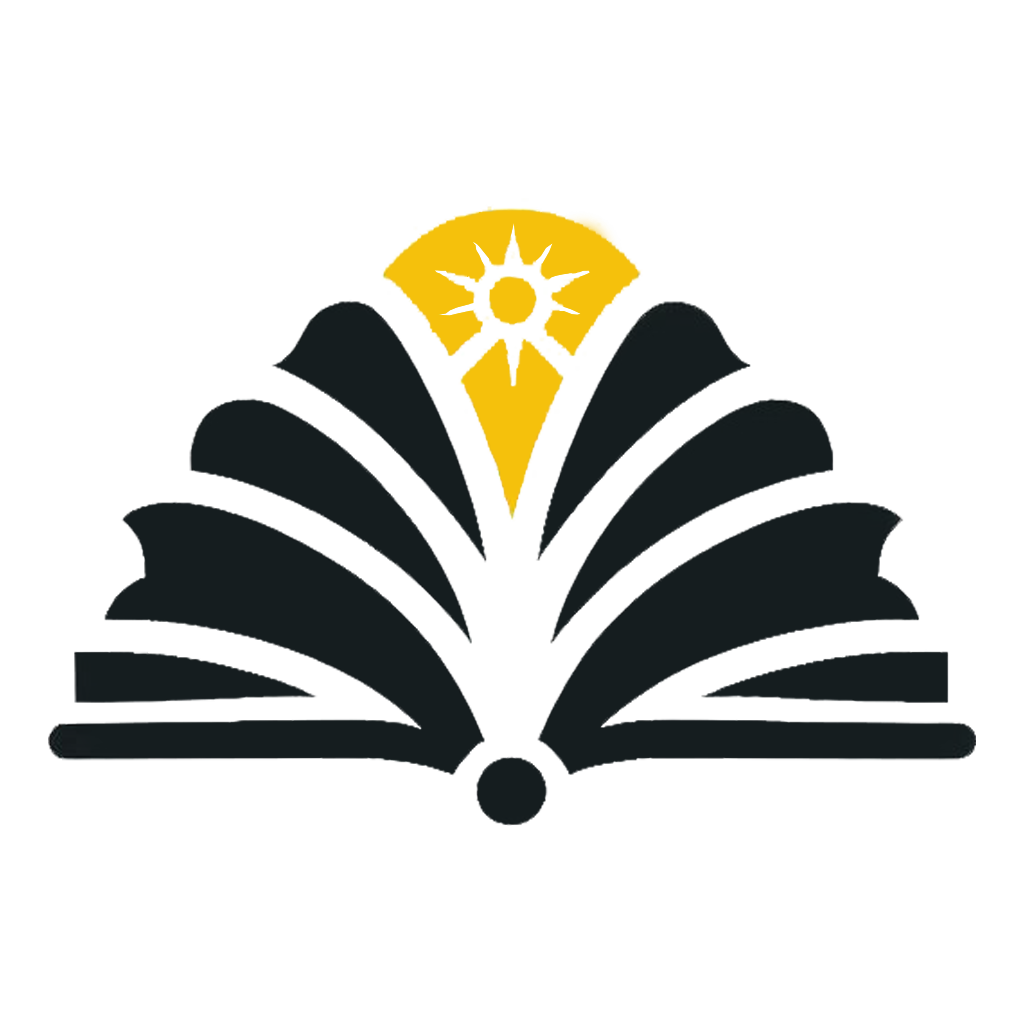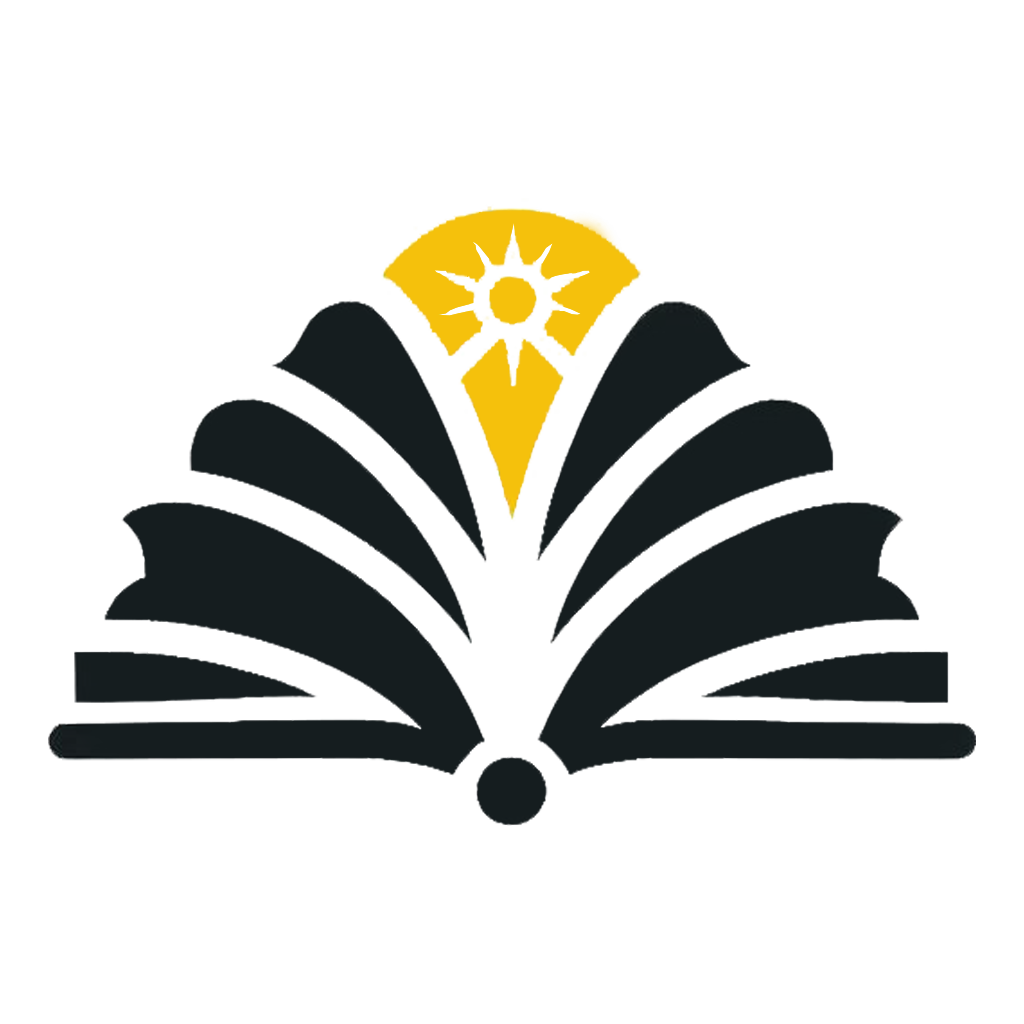Traditional Kurdish Clothing
Kurdish attire is a vibrant and diverse aspect of Kurdish culture, reflecting the rich history and regional variations of the Kurdish people. Traditional Kurdish clothing is known for its colorful designs, intricate embroidery, and practical adaptations to the mountainous terrain of Kurdistan.
Key Features of Kurdish Attire
- Vibrant colors and patterns
- Layered clothing for versatility
- Distinct styles for men and women
- Regional variations across different Kurdish areas
- Incorporation of traditional motifs and symbols
Men's Traditional Attire
The traditional Kurdish men's outfit typically consists of the following elements:
- Shal u Sepik: A baggy trouser and jacket combination
- Jamadani: A turban-like headscarf
- Pshten: A wide cloth belt, often intricately woven
- Klash: Traditional handmade shoes
- Rank: A long coat worn over the outfit
Women's Traditional Attire
Kurdish women's traditional clothing is known for its colorful and ornate designs, typically including:
- Krass: A long dress or gown, often brightly colored
- Helk: A jacket worn over the dress
- Klav: A headdress or hat, which can vary by region
- Pshten: A decorative belt, similar to men's but often more ornate
- Jewelry: Various silver or gold pieces, including necklaces, bracelets, and earrings
Regional Variations
Kurdish attire can vary significantly across different regions of Kurdistan:
- Northern Kurdistan (Turkey): Often features more muted colors and simpler designs
- Southern Kurdistan (Iraq): Known for vibrant colors and intricate embroidery
- Eastern Kurdistan (Iran): Incorporates elements of Persian fashion
- Western Kurdistan (Syria): Shows influences from Arab clothing styles
Symbolism and Motifs
Kurdish clothing often incorporates traditional symbols and motifs, including:
- Geometric patterns representing mountains and nature
- Floral designs symbolizing growth and beauty
- The colors of the Kurdish flag: red, green, and yellow
- Traditional Kurdish symbols like the sun disk
Modern Adaptations
While traditional Kurdish attire remains important for cultural events and celebrations, modern Kurdish fashion has evolved to incorporate both traditional elements and contemporary styles:
- Fusion of traditional Kurdish designs with modern clothing cuts
- Use of traditional fabrics and patterns in contemporary fashion
- Adaptation of traditional accessories for everyday wear
- Revival of traditional craftsmanship in modern clothing production
Cultural Significance
Kurdish attire is not just clothing; it's a symbol of Kurdish identity and cultural pride. It plays a crucial role in preserving Kurdish heritage and is often worn during important cultural events, festivals, and celebrations.
Preservation and Promotion
Efforts to preserve and promote traditional Kurdish attire include:
- Cultural festivals showcasing traditional Kurdish clothing
- Museums and exhibitions dedicated to Kurdish textiles and fashion
- Educational programs teaching traditional Kurdish weaving and embroidery techniques
- Fashion shows featuring both traditional and modern Kurdish-inspired designs
Conclusion
Kurdish attire represents a vibrant and essential aspect of Kurdish cultural heritage. From the practical designs suited to mountain life to the ornate embroidery reflecting artistic traditions, Kurdish clothing tells the story of a people deeply connected to their land and history. As Kurdish culture continues to evolve, so too does its fashion, blending time-honored traditions with contemporary influences.



